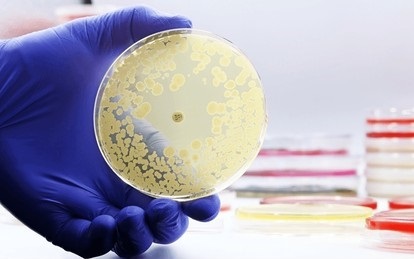Plant pathogens have always been one of the major enemies of agricultural production, and their severe infestation can cause significant losses in crop production. Generally, plants can mobilize their defense system during pathogen invasion and thus show some resistance. However, under certain circumstances, such as mutation of pathogen physiological species, changes in environmental conditions, and long-term monoculture of crop varieties over a large area, the plant defense mechanism may malfunction so that the pathogen can overcome the role of the plant defense system when it invades the plant, resulting in widespread plant death. Lifeasible can use genetic engineering to help you achieve one of the main goals of breeding, namely, to produce crops that are resistant to pathogenic bacteria.

In addition to this, we can also help you breed bacteria-resistant plants by introducing target enzymes that are insensitive to bacterial toxins, cleaving bacterial cell walls, and disrupting bacterial cell membranes.
In addition to bacteria and fungi, plant pathogens include bacteria-like organisms (BLOs) and mycoplasma-like organisms (MLOs), which are highly detrimental to fruit trees and forestry production. Lifeasible can also analyze the molecular biology and pathology of these pathogens and help you to develop strategies for genetically engineering plants to target these pathogens. Please contact us for more information.
Lifeasible has established a one-stop service platform for plants. In addition to obtaining customized solutions for plant genetic engineering, customers can also conduct follow-up analysis and research on plants through our analysis platform. The analytical services we provide include but are not limited to the following:
Why Do Plants Blush When They Are Hungry?
April 26, 2024
STU-CRISPR System Improves Plant Genome Editing Efficiency
April 19, 2024